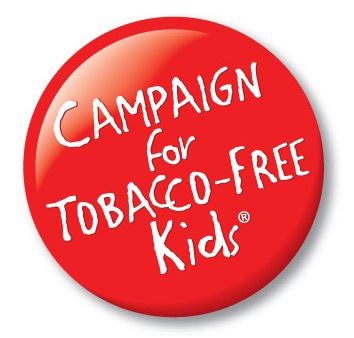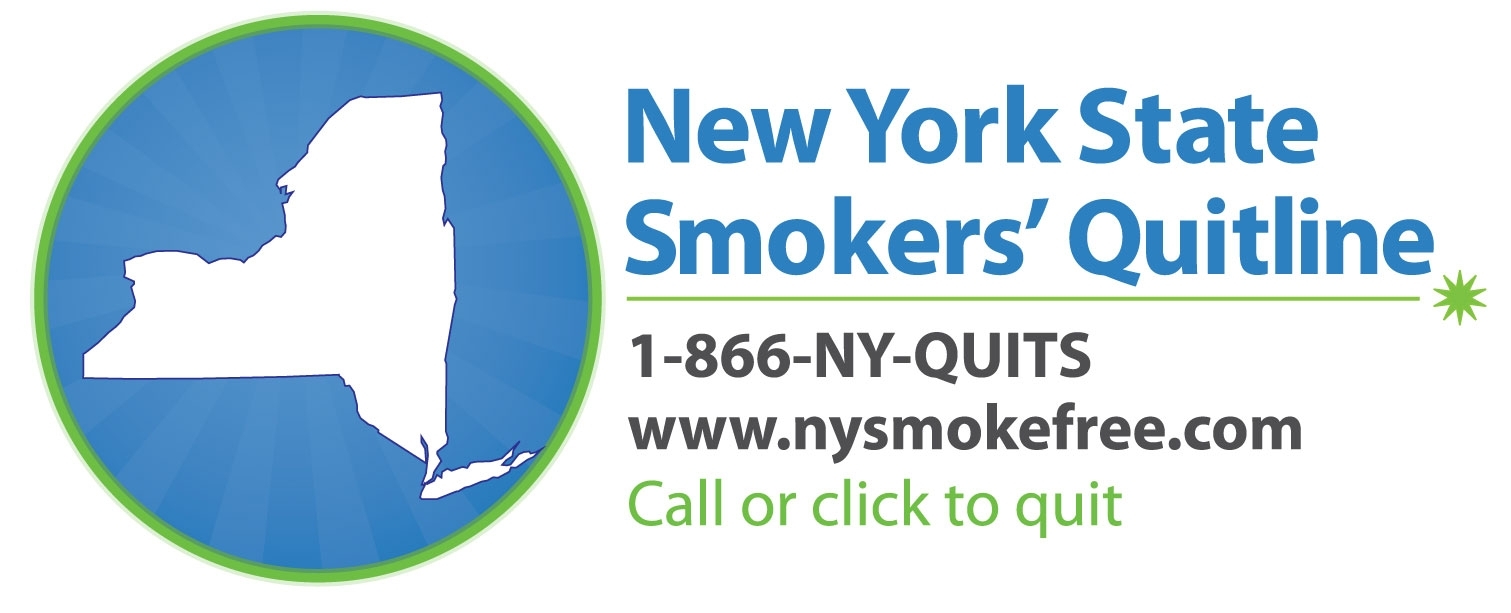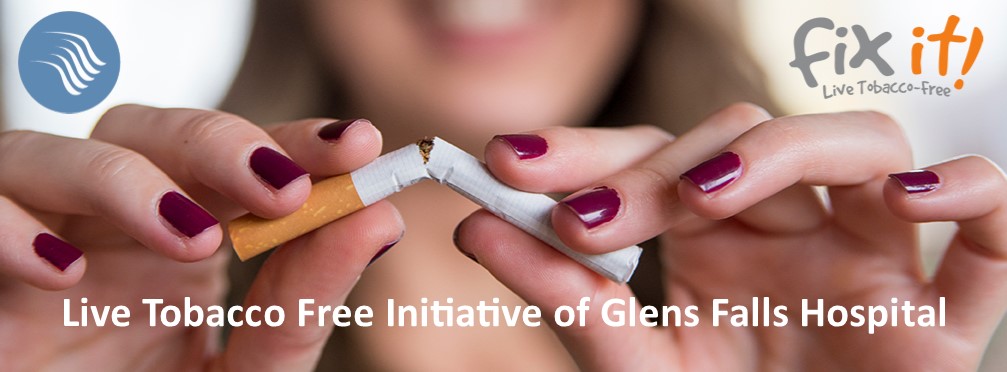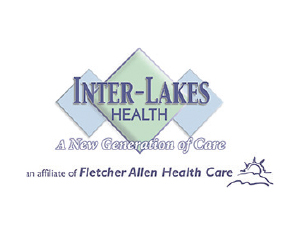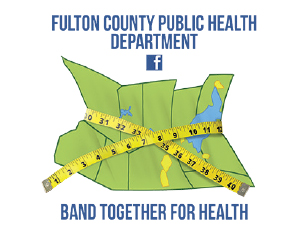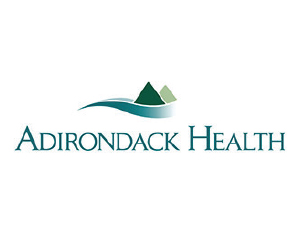*96% statistic taken from the 2012 Surgeon General Report, supra note 1 at 268, table 3.1.9; see also the Campaign for Tobacco Free Kids, Increasing the Minimum Sale Age for Tobacco Products to 21 (2015).
Tips for Talking to Kids About Smoking
- Tell your children honestly and directly that you don’t want them to smoke cigarettes. Give them clear, consistent messages about the risks of smoking.
- Start talking to your kids when they are five or six years old and continue through their high school years.
 Many kids start smoking around age 11 and some become addicted by age 14. Explain the health dangers of smoking, as well as the unpleasant physical aspects, such as bad breath and discolored teeth and nails.
Many kids start smoking around age 11 and some become addicted by age 14. Explain the health dangers of smoking, as well as the unpleasant physical aspects, such as bad breath and discolored teeth and nails.- Set a good example for your kids by not smoking, or at the very least, not smoking around them. Parents who smoke are more likely to have children who smoke.
- If you’re a parent who smokes, talk to your kids about how difficult it is to quit and how much easier it would have been if you’d never started smoking in the first place.
- Establish a smoke-free policy in your home. Don’t allow anyone to smoke indoors at any time.
- Make sure the events that your children attend are smoke-free.
- Support tobacco-free schools and insist that school health programs include tobacco use prevention education.
- Find out if your children have any friends who smoke. Talk with your kids about ways they can refuse a cigarette.
- Make yourself approachable to your children, letting them know they can come to you any time to talk honestly and non-judgmentally about any subject, including smoking.
Helpful Websites
Other Helpful Resources
Read these insightful documents to learn more about efforts to end childhood smoking, including what you can do to help.
- Tobacco 21, Public Health and Tobacco Policy Center.
- What You Need to Know About Tobacco to Talk to Your Teens, CDC.
- Review of Data Associated with Adult Cigarette Smoking in the North Country, HealthyADK.
Community Wellness Partners
To learn more about wellness resources in your community, click below on the logo of your local public health department or hospital.

